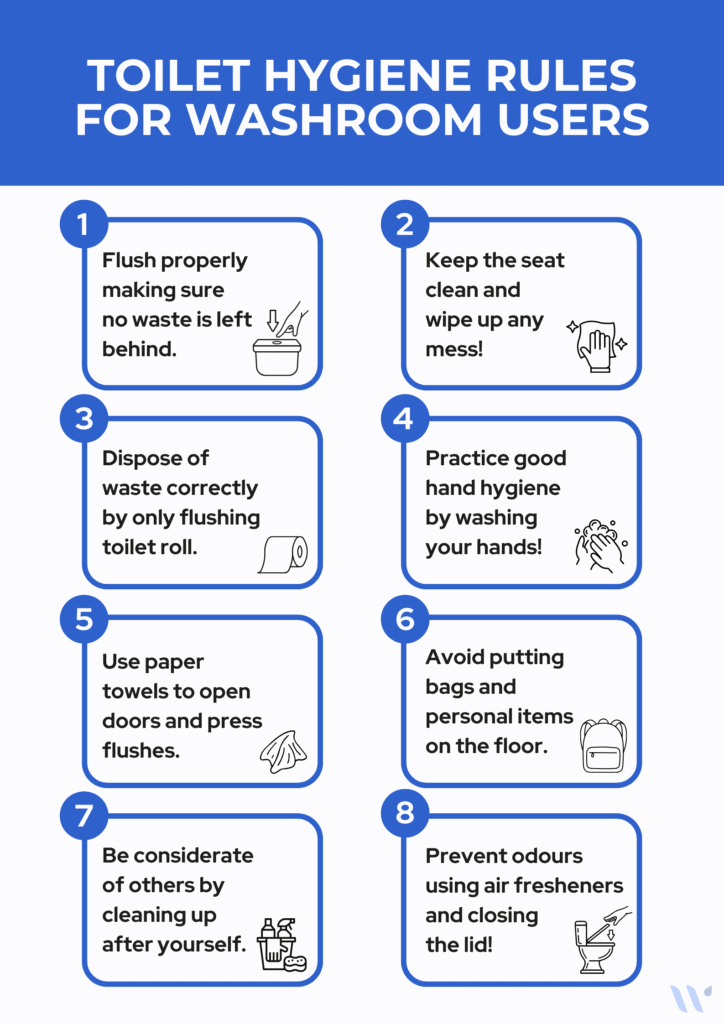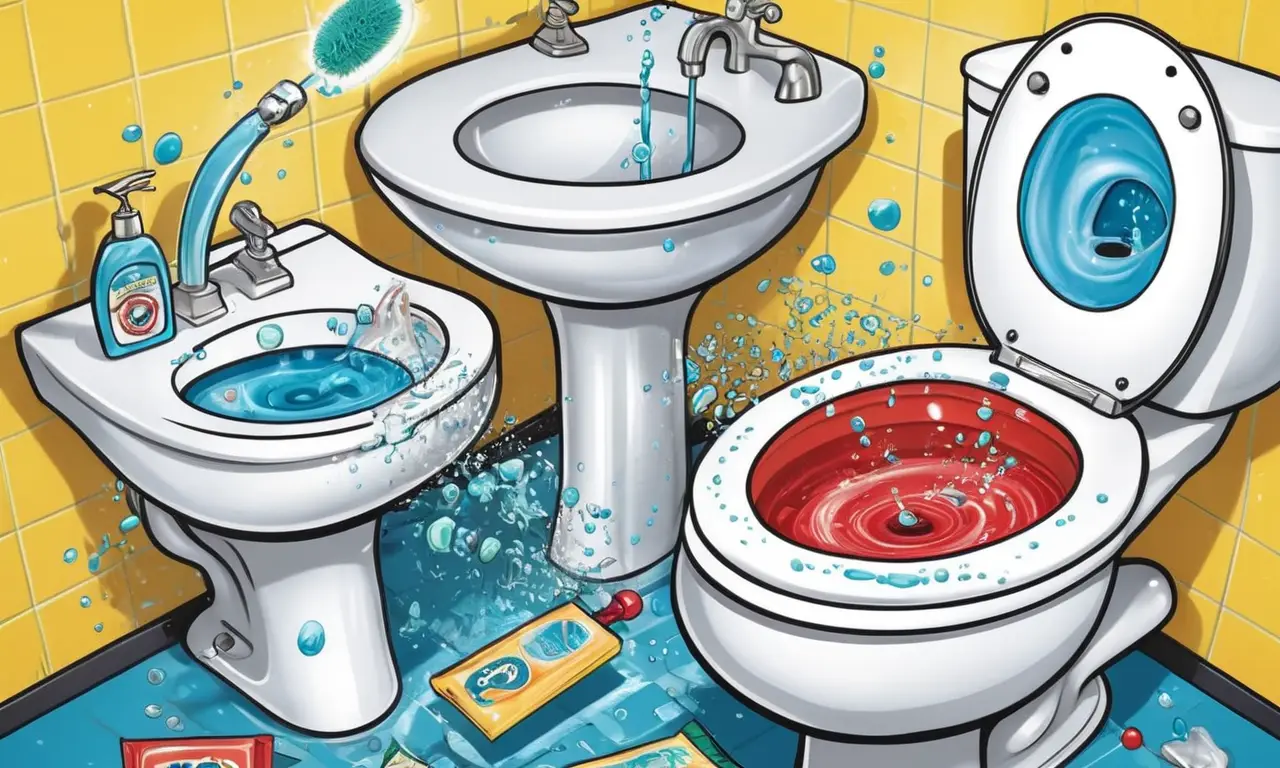
Toilet water, the seemingly mundane byproduct of our daily routines, often goes unnoticed until it becomes a source of concern. While we flush away waste without a second thought, it’s crucial to understand the true nature of how dirty is toilet water. This article delves into the levels of contamination present in toilet water, the potential health risks associated with exposure, and essential hygiene practices for safe handling. By shedding light on these critical aspects, we aim to empower you with knowledge to protect your well-being and maintain a hygienic environment.
This comprehensive guide will explore the composition of toilet water, outlining the various contaminants it harbors. We’ll then examine the potential health risks posed by is toilet water dirty and discuss effective hygiene practices for minimizing exposure. Furthermore, we’ll delve into strategies for preventing contamination in the first place and emphasize the importance of regular cleaning routines.
Toilet Water Contamination Levels
Toilet water is a complex mixture of human waste, bacteria, viruses, and other organic matter. The exact composition varies depending on factors such as diet, hygiene practices, and plumbing system efficiency. However, some common contaminants found in toilet water include:
- Fecal Coliforms: These bacteria are indicators of fecal contamination and can cause gastrointestinal illnesses like diarrhea, cramps, and vomiting.
- Pathogenic Viruses: Viruses such as norovirus and rotavirus are highly contagious and can spread through contaminated water, leading to severe respiratory and digestive symptoms.
- Parasites: Protozoa like Giardia and Cryptosporidium can reside in toilet water and cause persistent diarrhea, abdominal pain, and dehydration.
- Chemicals: Toilet bowl cleaners, personal hygiene products, and pharmaceuticals can enter the water system, potentially posing risks to human health.
The concentration of these contaminants can fluctuate significantly depending on factors such as the frequency of flushing, the number of users, and the age and condition of the plumbing system.
Health Risks of Contaminated Toilet Water

Exposure to contaminated toilet water can lead to a range of health problems, from mild discomfort to serious illnesses.
- Gastrointestinal Illnesses: Ingesting even small amounts of contaminated water can trigger gastrointestinal infections characterized by diarrhea, vomiting, nausea, and abdominal cramps. These symptoms can be particularly severe in young children, the elderly, and individuals with weakened immune systems.
- Respiratory Infections: Inhaling aerosolized droplets from toilet water, especially during flushing, can increase the risk of respiratory infections like colds, flu, and pneumonia.
- Skin Irritations: Direct contact with contaminated water can cause skin rashes, itching, and irritation.
Hygiene Practices for Safe Handling
To minimize the risks associated with how dirty is toilet water, it’s essential to adopt safe hygiene practices:
- Wash Hands Thoroughly: Always wash your hands with soap and water for at least 20 seconds after using the toilet, before preparing food, and after handling any potentially contaminated surfaces.
- Avoid Contact with Toilet Water: Refrain from touching toilet water directly and avoid splashing it onto yourself or other surfaces.
- Keep Toilets Clean: Regularly clean and disinfect your toilet bowl and surrounding area to reduce the buildup of bacteria and contaminants.
Safe Flushing Practices:
- Flush toilets only when necessary to minimize aerosolization of droplets.
- Consider using a toilet lid cover to prevent the spread of airborne particles during flushing.
Preventing Toilet Water Contamination

Preventing contamination in the first place is crucial for maintaining a healthy environment.
- Proper Waste Disposal: Dispose of all waste materials, including sanitary products and medications, in designated receptacles. Never flush anything other than human waste and toilet paper down the toilet.
- Regular Plumbing Maintenance: Have your plumbing system inspected and serviced regularly to identify and address any potential leaks or blockages that could contribute to contamination.
Importance of Regular Cleaning
Maintaining a clean and hygienic bathroom environment is essential for preventing the spread of germs and reducing the risk of illness.
- Disinfecting Surfaces: Regularly disinfect all surfaces in your bathroom, including the toilet bowl, seat, lid, sink, countertops, and floor, using an EPA-registered disinfectant.
- Ventilation: Ensure adequate ventilation in your bathroom to prevent the buildup of moisture and odors that can promote bacterial growth.
Conclusion
Understanding the nature of how dirty is toilet water and implementing proper hygiene practices are essential for safeguarding our health and well-being. By adhering to safe handling techniques, preventing contamination, and maintaining a clean bathroom environment, we can effectively minimize the risks associated with this often overlooked aspect of daily life. Remember, knowledge is power when it comes to protecting ourselves from potential hazards.
